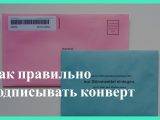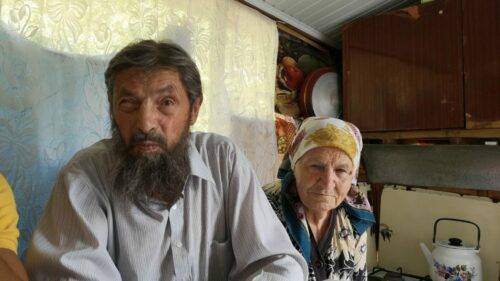
Chukhuryurd (Chukhur Yurt): Last Molokans of Chukhuryurd village of Shamakhi district in Azerbaijan
14. октября 2023 0 Автор Asif MasimovIn my previous posts, I have already written (in Russian) about the Russian villages of Kedabek, in particular the villages of Slavyanka, Novosaratovka and Novoivanovka. In addition, I have also posted articles about the Molokans of Ivanovka. This time I decided to get acquainted with the situation of Molokans in Chukhuryurd (old name — Chukhur-Yurt) of Shamakhi district in Azerbaijan.
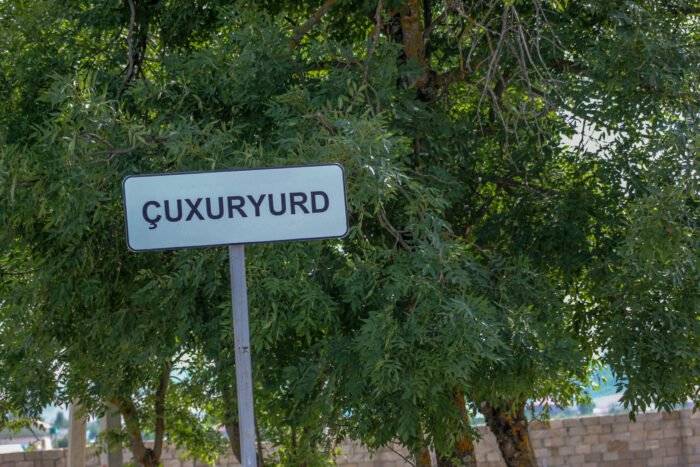
There are also Molokan settlements in the vicinity of Chukhuryurd village, where the number of Molokan families remains very small. So, we were travelling to Chukhuryurd from Ivanovka, so we decided to check out the new road Lagich-Demirchi, which shortened our journey. Overall the road is comfortable, but somewhat boring. Even when we entered Demirchi village, we realised that a couple of workshops and shops had been artificially created here in the centre of the village, which is practically quiet. After Lagic, the village of Demirci seemed too sparse for us.
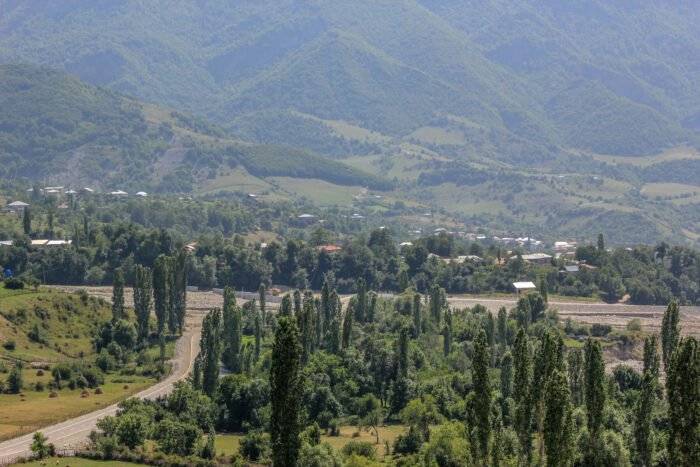
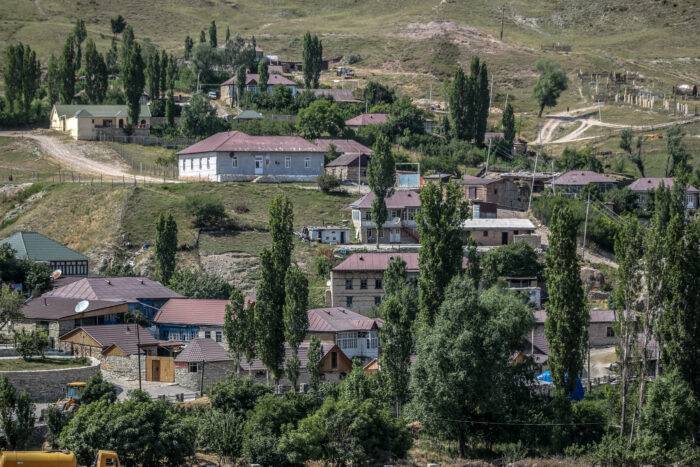
From the village of Demirchi we moved to the village of Nagarakhana (Naqaraxana), which used to be a Molokan settlement and was first called Marjevka and then Kirovka. The village of Nagarakhana is built up with rich houses of Baku dacha dwellers.
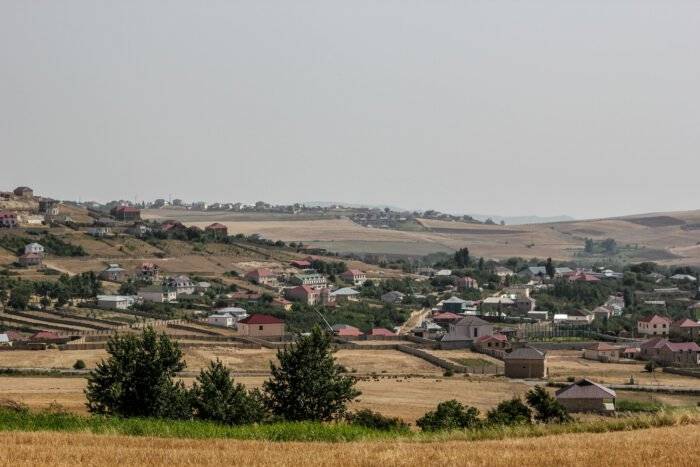
A road leads from this village to another Molokan village, Kızmeydan (Qızmeydan), formerly called Astrakhanka. According to local residents, there are only six Molokan families left in the village of Kızmeydan. We did not stop at Kizmeydan and decided to go directly to Chukhuryurd. There we were also informed about the existence of other Molokan villages nearby, such as Chabany (Cabani) and Khilmilli village, which is already located in Gobustan district.
Astrakhanka is a Molokan village lying on the road between Shamakhi and Guba. Muslims, and the inhabitants of Astrakhanka themselves, call Astrakhanka Kyz-Meidan, i.e. Maiden Square, after the area in which it is situated. The author of the Notes believes that all these names — Kyz-Kala (Maiden’s Fortress), Kyz-Darasi (Maiden’s Slit) — encountered on the way between Dagestan and Transcaucasia, represent points where slave girls were annually travelling for sale. As early as in the XVII century the German scientist Olearius (1603 — 1671), while travelling to Iran, saw a slave market in the bazaar in Shamakhi. The live «goods» were mostly from Dagestan. Astrakhanka is situated on a beautiful plain, at an altitude of over 4000 feet above sea level, in an area very healthy. In this respect the inhabitants cannot complain about the unfortunate choice of a place for settlement. In 1849 in Astrakhanka came from the village of the same name of Lankaran uyezd 66 fumes — natives of Taurida province, 1 fume — of Saratov province and 8 fumes of other provinces. According to information, in 1872 in Chstrakhanka up to 120 houses were burnt out, but the people again settled down. In the village there was a one-class school of the Ministry of Public Education. N.I. Kalmykov Molokans (about people and faith)
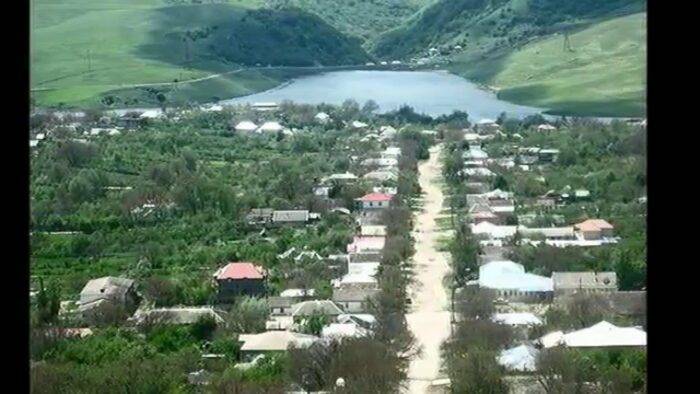
When we arrived in the village of Chukhuryurd, we asked the first people we met about the Molokans and, in particular, how we could find them. We were directed to the house of Nikolai Polovinkin on Nakhalovka Street. Nikolai and his comrade greeted us very warmly and immediately invited us to their house for tea. When we told them that we had come from Ivanovka and would like to talk about the history and current situation of the Molokans of Chukhuryurd, Nikolai did not hesitate to advise us to go to the presbyter of the Molokan community of this region — Mikhail Mikhailovich Kastryulin. We went together to the Bolshoy Street (Big Street) of Chukhuryurd. At the end of the street there is a modest Molokan house of Mikhail Kastryulin. We were first met by his wife Ekaterina Kastryulina and invited to the arbour. Afterwards Mikhail Kastryulin himself joined us.
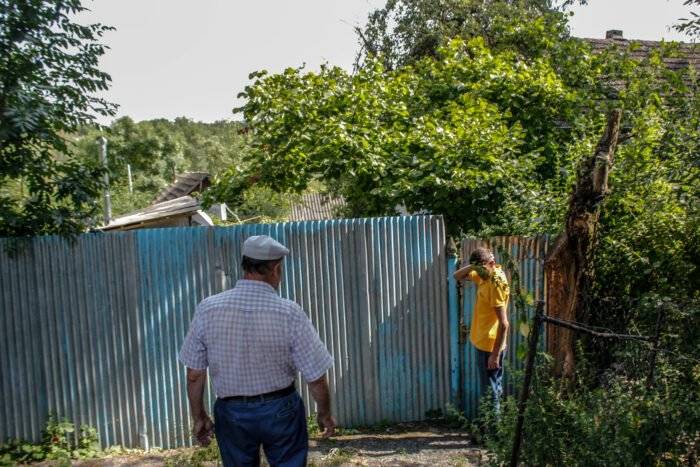
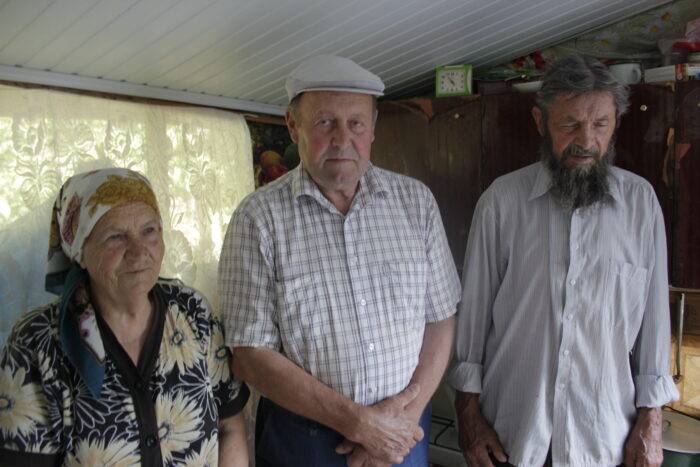
The presbyter of the Molokan community was glad to see us and willingly answered our questions. I was mainly interested in the current situation of Molokans in Chukhuryurd and some historical facts. According to the stories of my interlocutors, there are only 20 Molokan (among them, probably, Baptist) families left in Chukhuryurd. It is not difficult to calculate their total number if there are two or three people in each family. Many Molokans go to Baku in winter and only come back in the warm season. When asked about the history of the village, my interlocutors drew my attention to Tatyana Zhirueva’s book «Memory of Chukhur-Yurt».
Conversation with the presbyter of the Molokan community in Russian (subtitles in English)
Ekaterina Ivanovna read us a poem about Chukhuryurd from this book, and afterwards showed and explained the history of the old photographs. Mikhail Kastryulin in our conversation touched on the current problem of Molokans, in particular, he spoke with regret about young people who convert their religion to Orthodoxy. On the video below you can see the conversation with Mikhail Kastryulin.
Chukhuryurd in photos
The village of Chukhuryurd is located in the Shamakhi district of Azerbaijan, at the source of the Selibasan River, at a distance of approximately seven kilometres from the large city of Shamakhi. According to archival documents, the settlement named Chukhur-Yurt (the old name, which was later changed) was established in 1841. The village was established on the site of a tract of the same name. The founders of the village were Cossacks from the Don stanzas who practised the Molokan religion. The administration of the then Russian Empire did not support the split of Orthodoxy, for this reason it was decided to resettle the sectarians in the Caucasus, in particular, in the territory of modern Azerbaijan. According to official documents of that time, in 1843, 57 men and 46 women, as well as settlers from Garabagh uyezd of Varashani section of Kyzyl-Kishlak village, as well as settlers from the territory of the Russian Empire settled in Chukhur-Yurt tract. In particular, more than 50 families of Cossacks were resettled from Konstantinovskaya and Nikolaevskaya stanitsa of Don steppes. It is worth noting that the resettlement was organised on ordinary wagons pulled by oxen and, more rarely, horses. Resettlers had to travel hundreds of kilometres carrying household utensils and all family members, including children and the elderly. Deaths were not uncommon during the resettlement process. The name Chukhur-Yurt was officially approved in 1844 by the Administrative Department of the Caspian region, and later by the Caucasian governor Vorontsov. The name Chukhur-Yurt was chosen at a historical meeting of Caucasians and newly arrived Molokans in the Caucasus Mountains. In particular, the representatives of the Caucasians were Imam Shamil and Baysangur Benoysky. The authorities wanted to change the name, but the Molokan elders defended the name, as they had already agreed with the representatives of the highlanders, who were known for their nobility not only in the Caucasus, but also in the Russian Empire. According to the Caucasian calendar issued in 1910, as of 1908, 1154 people lived in the village of Chukhur-Yurt, Shemakhi uyezd, Baku province. Most of them were Russians by nationality.
Afterwards Nikolai Polovinkin walked with me along Bolshoy Street and showed me some Molokan houses. It was very easy to see that Molokan architecture was quickly being replaced by Azerbaijani architecture, although the layout of the streets did not change.
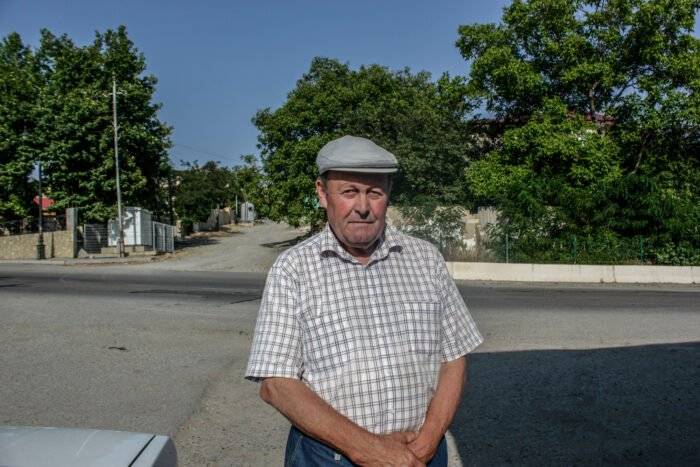

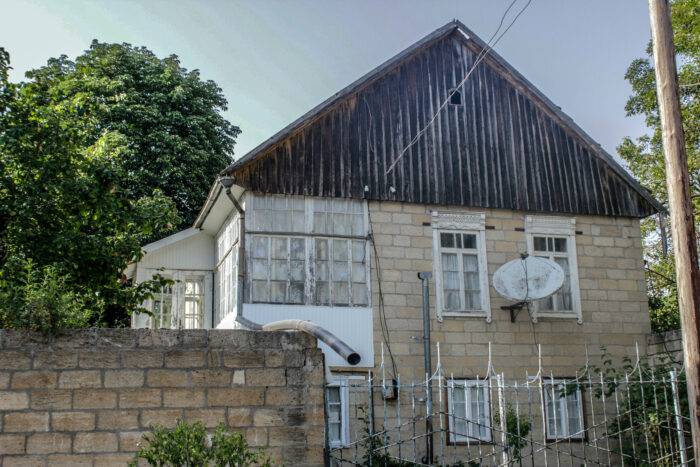
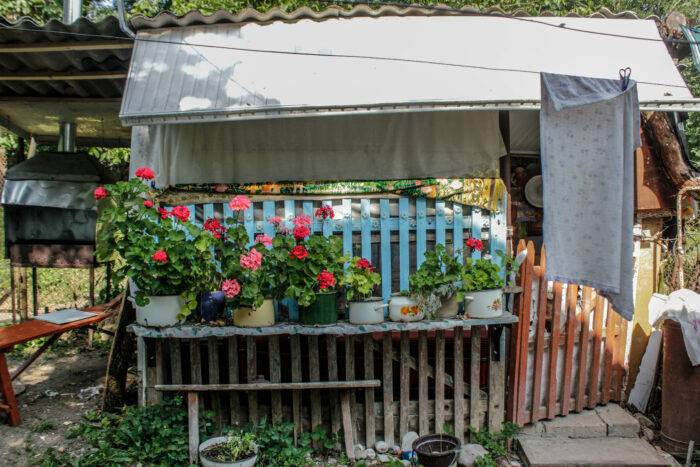
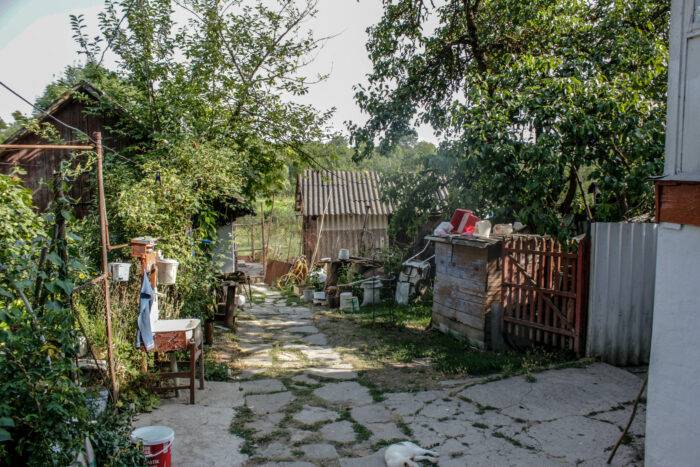
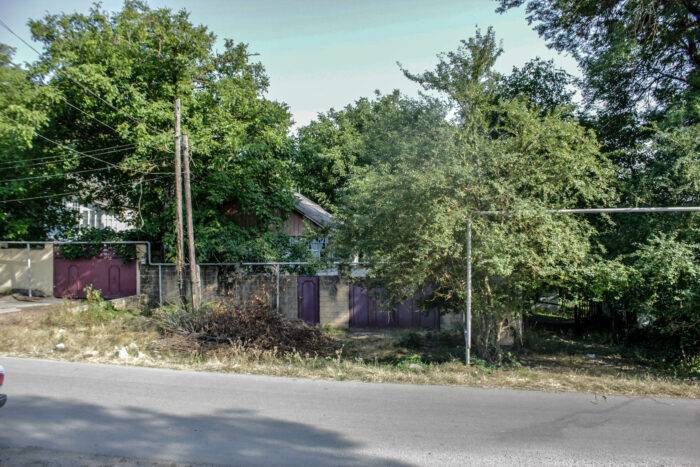
Teilen mit / Поделитесь
- Нажмите, чтобы открыть на Facebook (Открывается в новом окне)
- Нажмите, чтобы поделиться в Telegram (Открывается в новом окне)
- Нажмите, чтобы поделиться в WhatsApp (Открывается в новом окне)
- Нажмите, чтобы поделиться на Twitter (Открывается в новом окне)
- Нажмите, чтобы поделиться на Reddit (Открывается в новом окне)
- Нажмите, чтобы поделиться записями на Pocket (Открывается в новом окне)
- Послать ссылку другу по электронной почте (Открывается в новом окне)
- Нажмите для печати (Открывается в новом окне)
- Ещё
Похожие записи:
- Molokan village Ivanovka in Azerbaijan
- Albanian Church and Kish village in Azerbaijan
- Yashil Bazaar in Baku Azerbaijan - Green bazaar of…
- Azerbaijan's 10 must-see cities for tourists -…
- Novruz in Azerbaijan: How Novruz Bayram is…
- Country life vlog in Azerbaijan - Who are they?
- The most beautiful villages and hamlets in Azerbaijan
- How Mountain Jews live in Azerbaijan - Krasnaya Sloboda
Об авторе
Дорогие читатели, мой блог в основном о жизни в Германии. Я очень рассчитываю на то, что информация в моем блоге помогает вам. Решили поблагодарить меня и помочь в развитии моего блога? Подписывайтесь на меня в соц. сети. Делитесь ссылками с теми, для кого представленная в блоге информация может быть полезной, комментируйте и ставьте лайки :).


